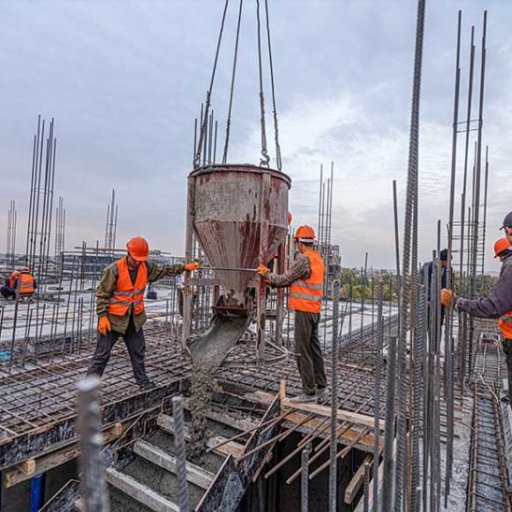

Sidewalks play an important role in ensuring public safety and maintaining neighborhood accessibility. Over time, exposure to weather, tree roots, and regular foot traffic can cause concrete sidewalks to deteriorate. When this happens, property owners often wonder about the cost for sidewalk replacement and the factors that influence it.
This informational guide explains the average sidewalk replacement cost, what affects pricing, and the general process involved in repairing or replacing damaged sidewalks — especially in large urban areas like New York City.
Sidewalk replacement is the process of removing old, damaged concrete slabs and installing new ones that meet city standards. It usually includes:
Breaking and removing the existing concrete
Leveling or preparing the base soil
Pouring new concrete slabs
Finishing and curing the surface
Restoring nearby structures like curbs or ramps if necessary
The overall cost for sidewalk replacement is influenced by how much of this work needs to be done and the condition of the area before construction begins.
In general, the average cost for sidewalk replacement ranges between $8 and $20 per square foot. However, this range varies based on the region, the complexity of the project, and the materials chosen.
To provide perspective:
Minor repairs or small sections (patching cracks or filling small gaps): around $5–$8 per sq. ft.
Partial replacement (a few damaged panels): approximately $10–$15 per sq. ft.
Full sidewalk replacement: typically $15–$25 per sq. ft.
These estimates include labor, materials, and basic finishing but may not include permits or additional site preparation costs.
The total area needing replacement is one of the biggest cost factors. Larger sidewalks naturally require more materials, equipment, and labor.
Surface-level cracks are easier to fix, while structural issues or tree root damage often require full excavation and new concrete installation.
Standard concrete is the most common and affordable option. However, if decorative or stamped concrete is used, the price increases due to added design work and materials.
Urban environments like New York City may require DOT permits, traffic control, or specific work schedules, all of which can add to overall project costs.
The condition of the soil base, drainage systems, and nearby structures (like curbs or driveways) can impact the amount of preparation required before new concrete is poured.
In most urban areas, particularly New York City, sidewalk work falls under the supervision of the Department of Transportation (DOT). Before starting a replacement project, property owners or contractors must obtain a sidewalk repair or replacement permit.
The DOT ensures that the new sidewalk meets city construction codes, maintains accessibility standards, and aligns with public right-of-way regulations. Non-compliance may result in a sidewalk violation notice, which can increase long-term expenses if not resolved promptly.
A properly installed and maintained concrete sidewalk can last 20 to 30 years. To extend its lifespan and avoid future repair costs:
Keep drainage systems clear to prevent water pooling
Trim nearby tree roots regularly
Apply sealants or resurfacing coatings when small cracks appear
Avoid using de-icing salts that can damage concrete surfaces
Routine inspections and preventive maintenance can significantly reduce the overall sidewalk replacement cost over time.
Not every damaged sidewalk requires full replacement. In some cases, concrete resurfacing or spot repairs can restore safety and appearance at a lower cost. However, replacement becomes necessary when:
Cracks exceed one inch in width
Multiple slabs are uneven or raised
The concrete has deep structural fractures
Tree roots have lifted entire sections of the walkway
Knowing when replacement is the right solution helps property owners plan budgets effectively and avoid unnecessary expenses.
Sidewalk replacement also plays an important role in maintaining public safety and environmental sustainability. Replacing uneven or broken slabs reduces the risk of pedestrian accidents, while using eco-friendly concrete mixes can lower carbon emissions during installation.
Modern materials and techniques now allow for permeable concrete that helps control stormwater runoff — a growing priority in many cities.
Understanding the cost for sidewalk replacement involves more than knowing the price per square foot. Factors such as project size, damage severity, materials, and regulatory requirements all contribute to the total expense.
| No comments yet. Be the first. |